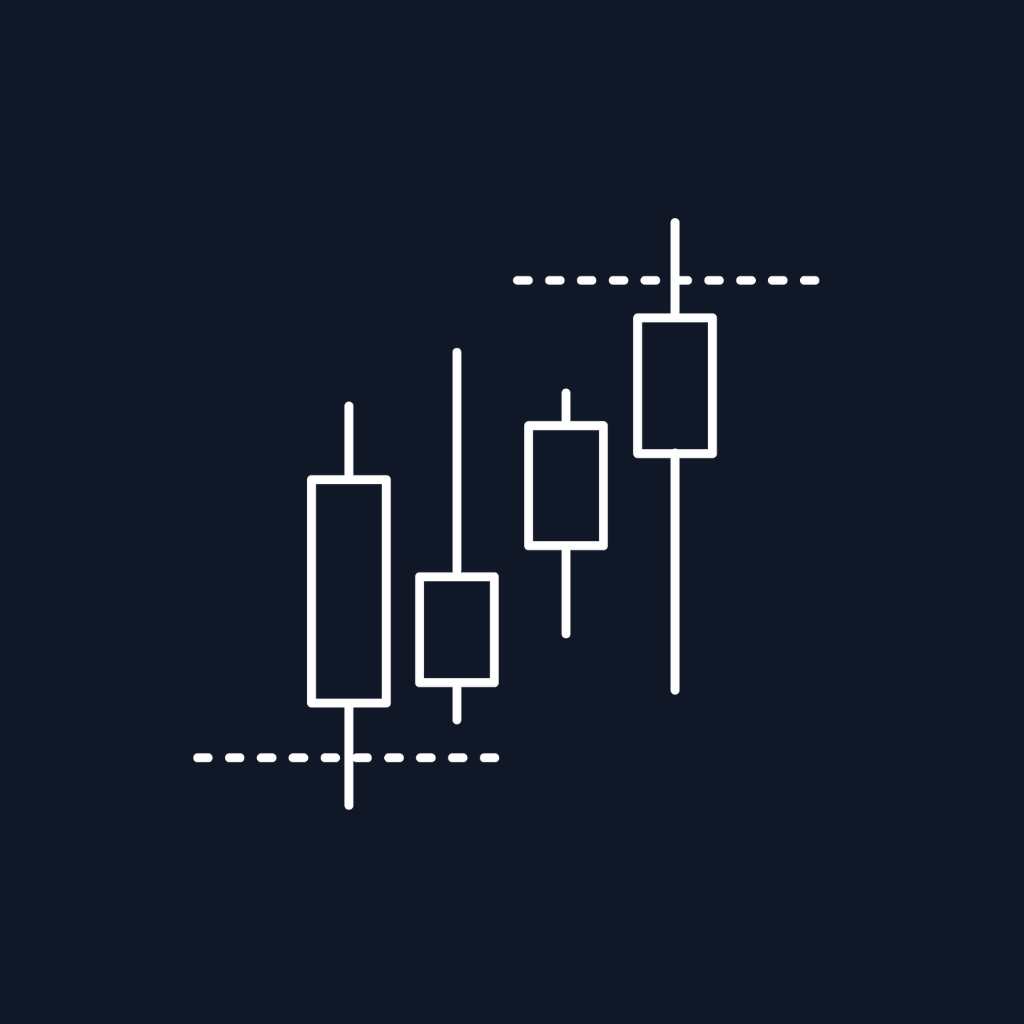Mean reversion trading is a strategy that takes advantage of the natural tendency of prices to move back towards their average or mean over time. By identifying extreme price movements and utilizing the mean reversion channel indicator, traders can capitalize on potential price corrections. In this blog post, we will explore the concept of mean reversion trading and provide step-by-step guidance on effectively using the mean reversion channel to enhance your trading strategy.
Understanding Mean Reversion Trading: Mean reversion trading operates on the principle that when prices deviate excessively from their average, they are likely to reverse and return to the mean. Traders employing this strategy aim to identify these deviations and position themselves for profitable trades. By leveraging the mean reversion channel, traders can visually interpret price deviations and determine optimal entry and exit points.
The Mean Reversion Channel Indicator: The mean reversion channel indicator from ScalperIntel is a powerful technical tool that visually represents price deviations from the mean. It consists of an upper channel line and a lower channel line, serving as boundaries within which prices are expected to revert. The upper channel line indicates overbought conditions, while the lower channel line suggests oversold conditions.
Optimizing Mean Reversion Trading with the Channel: To effectively trade using the mean reversion channel, here are key steps and considerations to enhance your strategy:
-
Identify the Mean: Determine how you calculate the mean or average price using a suitable timeframe. Consider factors like whether to use the actual close price or a fair value, the type of moving average or statistical method, and the appropriate period.
-
Determine the Channel Width: Customize the width or multiplier of the mean reversion channel based on your desired level of volatility and the specific market being traded. A wider channel allows for larger price swings before a potential reversal, while a narrower channel provides more conservative trading opportunities.
-
Monitor Price Deviations: Keep a close eye on price movements that significantly deviate from the mean reversion channel. When prices touch or cross the upper channel line, it suggests overbought conditions. Conversely, when prices reach the lower channel line, it indicates oversold conditions.
-
Confirm with Indicators: Utilize additional technical indicators such as oscillators or momentum indicators to validate the overbought or oversold conditions indicated by the mean reversion channel. This confirmation enhances the reliability of potential reversals.
-
Entry and Exit Points: Look for potential entry points when prices touch or cross the upper or lower channel lines. However, exercise caution and wait for confirmation signals such as bullish or bearish candlestick patterns or momentum shifts before entering a trade.
-
Set Stop-loss and Take-profit Levels: Implement appropriate stop-loss and take-profit levels to effectively manage risk and protect profits. Place stop-loss orders outside the mean reversion channel to limit potential losses if prices continue moving against the trade. Take-profit levels can be set near the mean or based on predetermined profit targets aligned with your risk-reward preferences.
-
Trade Management and Risk Control: Continuously monitor the trade and make adjustments as the price moves in the anticipated direction. Modify stop-loss levels or take partial profits when necessary. Applying proper risk management techniques, such as position sizing and trailing stops, is vital to safeguard capital and manage potential losses.
-
Combine with Other Analysis: Complement mean reversion trading with other technical analysis tools and market research. Incorporate trend analysis, support and resistance levels, and fundamental factors to increase the probability of successful trades.
Conclusion: Mean reversion trading offers a disciplined approach to capturing price reversals in the market. By utilizing the mean reversion channel, traders can visually interpret price deviations and make more informed trading decisions. It is essential to remember that mean reversion trading is not without risks, and prices can deviate from the mean for extended periods. Thorough backtesting and ongoing evaluation of the strategy, combined with risk management techniques, are crucial for long-term success. Embrace the power of mean reversion trading and enhance your trading strategy with ScalperIntel Mean Reversion Channel Indicator.
- Smart Money Concept and Order Blocks
-
Volume Profile with PoC
- Reversal Patters (harmonic patterns or head and shoulders)
- Trend Following with Trend Meter, SSL Channel Plus










